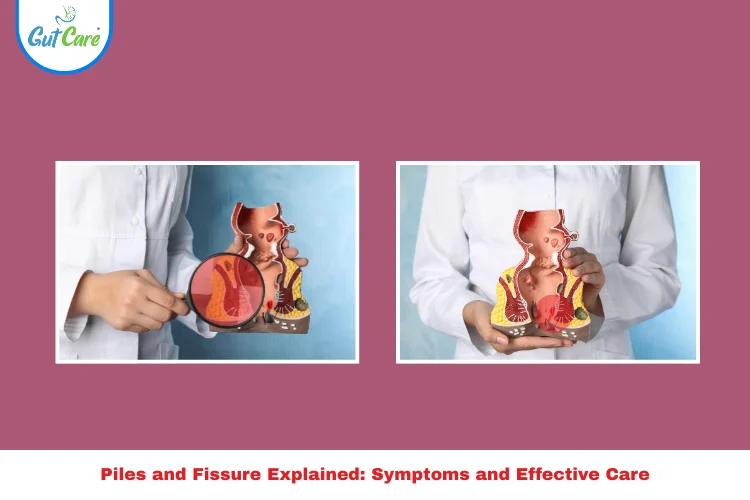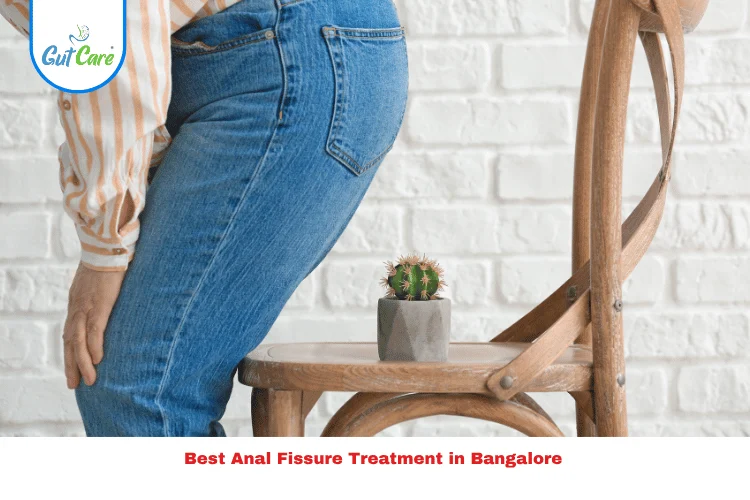If you’ve ever experienced discomfort or pain around your anal area, you might be dealing with piles and fissure—two common but often confused conditions. Understanding what are piles and fissures and the difference between piles and fissures is essential to getting the right treatment and relief.
This guide will explain clearly the symptoms, causes, and best treatment options, including the best cream for piles and fissures, so you can regain comfort and health quickly.
What Are Piles and Fissure?
Piles, or hemorrhoids, are swollen blood vessels in the rectum or anus caused by increased pressure in those veins. These can be internal or external and often cause bleeding, itching, and swelling.
A fissure, on the other hand, is a small tear in the lining of the anus, usually caused by trauma such as passing hard stools. It leads to sharp pain and bleeding, especially during bowel movements.
Although these conditions affect the same area, their causes and treatments differ, making it important to know the difference between piles and fissure.
Symptoms of Fissure and Piles: What You Need to Know
Recognizing the symptoms of fissure and piles helps you identify which condition you might have and how to respond:
Symptoms of Piles:
- Itching and irritation near the anus
- Bright red bleeding on stool or toilet paper
- Pain or discomfort while sitting
- Swelling or lumps around the anus
Symptoms of Fissure:
- Sharp pain during and after bowel movements
- Bright red bleeding, usually spotting on toilet paper
- Visible small tear near the anus
- Muscle spasms in the anal area
Difference Between Piles and Fissure: Causes and Treatment Options
| Aspect | Piles | Fissure |
| Cause | Swollen veins due to pressure | Tear in anal lining from trauma |
| Pain | Mild to moderate, sometimes painless | Severe and sharp pain during bowel movement |
| Appearance | Swollen lumps or bulging veins | Small cracks or tears in anal skin |
| Bleeding | Bright red blood, sometimes painless bleeding | Small amounts of blood with intense pain |
| Treatment | Creams, sitz baths, diet changes | Creams, sitz baths, sometimes surgery |
What Causes Piles and Fissure?
Both piles and fissure share some common causes like constipation, straining, poor diet, and prolonged sitting. Additional causes include:
- Chronic diarrhea or constipation
- Pregnancy and childbirth pressure
- Anal injury or trauma
- Low fiber diet causing hard stools
Addressing these underlying causes is crucial to effective treatment and prevention.
Best Cream for Piles and Fissures: What Works?
Using the best cream for piles and fissures can provide quick relief from pain and inflammation. Look for creams containing:
- Hydrocortisone to reduce inflammation
- Lidocaine for pain relief
- Witch hazel to soothe irritation
- Zinc oxide to protect skin
Brands like Preparation H and doctor-recommended ointments are popular and effective. Always follow usage guidelines and consult a healthcare professional if symptoms persist.
Home Remedies and Lifestyle Tips to Manage Piles and Fissure
- Take warm sitz baths 2-3 times daily for 10-15 minutes to ease pain and promote healing
- Increase fiber intake with fruits, vegetables, and whole grains to soften stools
- Drink plenty of water to stay hydrated and aid bowel movements
- Avoid straining and sitting too long during bowel movements
- Use soft, unscented toilet paper or moist wipes to prevent irritation
When Should You See a Doctor?
Seek medical help if you experience:
- Heavy or prolonged bleeding
- Severe pain not relieved by creams or baths
- Signs of infection (fever, swelling, pus)
- Symptoms lasting more than two weeks
- Difficulty passing stools or lumps that don’t improve
Early diagnosis ensures you get the right treatment and avoid complications.
FAQs About Piles and Fissure
1. What is the main difference between piles and fissure?
Piles are swollen veins; fissures are tears in the anal skin causing different pain and bleeding patterns.
2. Can I have piles and fissure at the same time?
Yes, it’s possible to have both, which can make symptoms more uncomfortable.
3. What is the best cream for piles and fissures?
Creams with hydrocortisone and lidocaine offer effective relief but should be used under medical advice.
4. How can I prevent piles and fissure?
A high-fiber diet, hydration, and avoiding straining can prevent both conditions.
5. When should I see a doctor?
If symptoms persist beyond two weeks or worsen, consult a healthcare professional promptly.
Conclusion: Take Control of Your Anal Health with the Right Knowledge
Understanding piles and fissures, their symptoms, causes, and treatment options, including the best cream for piles and fissures, can drastically improve your quality of life. Early care and lifestyle changes are the first step toward relief.
For expert diagnosis and treatment, visit Gut Care Clinics and get personalized support to heal comfortably and safely.




